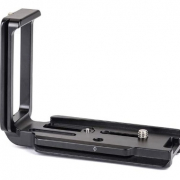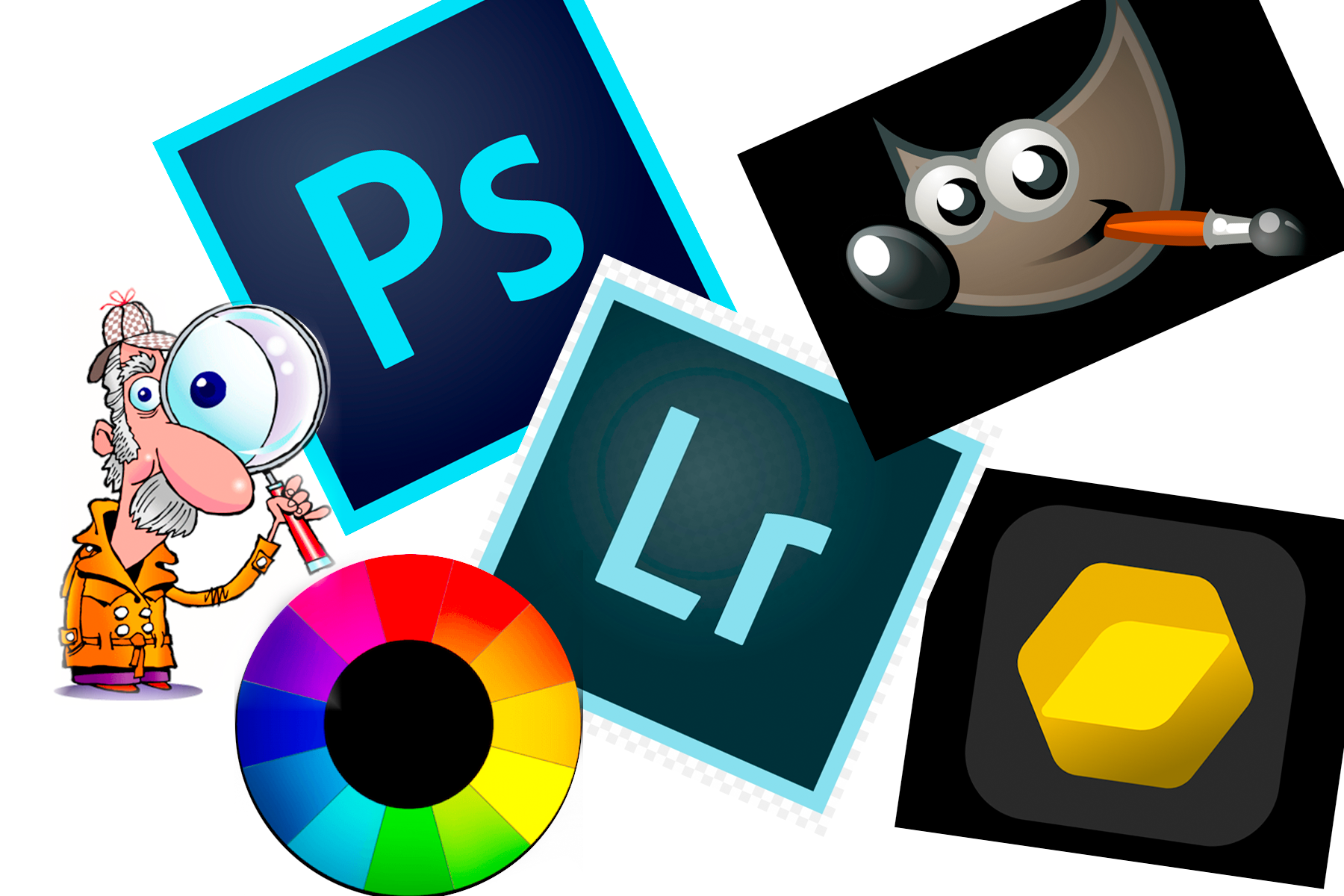In Search of the Pinpoint Star
This is probably the most difficult part of an astro photograph. It doesn’t matter if we are talking about astrolandscapes or deep space photography, the perfectly focused pinpoint star is a challenge.
It’s almost an oxymoron given that stars are so enormous.
But I digress.
I have been photographing stars for a long time. My quest started in my film days, decades ago in conjunction with my telescope. It is much easier now with digital cameras, but ultimately I still spend the most time on a shoot not composing or setting correct exposure but futzing around to achieve sharp focus on stars
There are methods to get sharp stars and also tools that fine-tune this delicate process. Let’s start with methods.

Above, a single, uncropped frame shot with a Nikon Z9 and Samyang 135mm lens. ISO 250, f/2.0, 60 seconds on a Benro Polaris Astro tripod head, Induro GIT-203 tripod.
Focusing Methods
First, a few words about Lenses
First off, forget about using auto-focus. Manual focus is required, so switch your auto-focus lens to manual. Auto-focus lenses require finessing the focus ring around the “infinity” mark as “infinity” isn’t really true. Auto-focus lenses extend past the infinity mark thanks to their ability to auto-focus. Manual lenses are straightforward. As they don’t have to accommodate a focusing motor, infinity is pretty spot on, though some adjustment is needed to get to the pinpoint sharpness.
Focusing on stars will quickly dispel any myth of how sharp your lens really is. Some lenses suffer from coma aberrations. This results in comas, or bird wings on the edges of the frame. Some lenses are just soft. Inexpensive lenses like Rokinon (Samyang) make for fantastic astro lenses but they suffer from quality control issues so be prepared to test them and return them, possibly several times over. However, when you get a sharp lens, they are incredible. Super sharp workhorses and worth the pain of it all.
Focus Peak It
Many newer cameras have focus peaking which helps you focus in manual focus mode. Learn about the power of focus peaking in this ,,post.
.
Magnify It
Select the brightest star or planet to work your focus on. Zoom in using the zoom function on your LCD. Your star or planet should be sharp and tiny. If it looks like a bright spot with a hole, it isn’t focused. Take a shot and look closely at the image, zoom in and verify how it looks. Rinse and repeat until you have a sharp, pinpoint star. At this point, you can recompose (without messing with focus – hands off the focus ring, or you will restart the process of focusing). The foreground can and should be shot separately if the foreground is out of focus. If you are using a lens that suffers from lens creep, use a strip of gaffer tape to lock down your focus ring. Gaffer tape won’t leave any residue on your lens. Nikon shooters can flip to Video mode to refine focusing as changing ISO or any other setting will not change your Photo mode settings.
Add the Tools
Magnify it Again
If you have an ,,LCD magnifier, like a ,,Hoodman, it will help to verify how good your focus is.
Use a Bahtinov Mask
A Bahtinov mask is a type of filter that assists in focusing on stars. It is a tool that is heavily used on telescopes but is also helpful on camera lenses. However, a regular Bahtinov is useless on wide-angle lenses. There are lens-specific Bahtinov-type filters however that work very well on wide-angle lenses. ,,Bahtinov masks are made of resin or plastic and their roughness cause issues and render them useless when used on a wide-angle lens. I am currently testing out ,,Focus on Stars focus filters and will be reviewing these fully in a separate post soon. So far, I am finding these filters to be very useful on various camera lenses and beautifully precise.

Left, a Bahtinov mask made for camera lenses. These can be snapped into a circular filter to make it easier to use. However, there are better choices now for camera lenses. For larger masks, use a piece of gaffer tape to hold the mask in place while focusing. I’ve used my telescope’s 6″ Bahtinov mask on my Nikon 200-500mm lens by taping it to the lens hood.
Below, the pattern it creates assists in focusing. The center pattern shows an in-focus star.

Below, is the pattern a TELE ,Focus on Stars 100mm lens filter creates. Look closely at the image. At first glance, it looks like it matches the in-focus spike pattern of the standard Bahtinov mask, which means that it is in focus. However, look at the center. This is where focus refinement comes into play. Image shot on a Nikon Z9 with Samyang 135mm lens.

Zooming in shows that the center pattern (white teardrops around the center) still is not evenly spaced. A sharper focus can still be attained. Use an ,LCD magnifier to get a close look at the center pattern.

Shutter Speed
Once you have your pinpoint focus, it’s time to shoot. It’s important to assess the best shutter speed to use so you don’t end up with trails on your perfectly focused stars.
Forget the 400, 500, or 600 rule. Digital cameras require the NPF calculation. Depending on your camera’s sensor, the focal length of your lens, and the aperture, the maximum shutter speed will rest on whether you will generate a print larger than 11″x14″ or not. Keep in mind, if you use a tracker, this does not apply.
The NPF rule is a calculation based upon the focal length and aperture of your lens, the pixel pitch of your camera’s sensor physical size, and the number of pixels. The subsequent number calculated will give you the maximum shutter speed you should use for sharp stars.
The NPF rule has been developed by Frédéric Michaud (the author) from Le Havre Astronomical Society (SAH) for the use of photographers and amateur astronomers.
Apps which have this calculator built in are qDslrDashboard, PlanIt!, PhotoPills, and more.
Once you have all the ingredients together, celestial magic develops in your camera.
,Gear Review: Benro Polaris Astro Tripod Head
,Gear How-To Benro Polaris Astro Tripod Head and Polaris App
To learn about upcoming workshops and tips on photography, consider subscribing to my website.
Taking photos and want to make them more compelling?
Art isn’t just for walls. Art is also to hold in one’s hands.
Want to explore New England through a camera lens?
© Silvana Della Cameran
 Silvana Della Camera
Silvana Della Camera





 Silvana Della Camera
Silvana Della Camera


Trackbacks & Pingbacks
[…] fairly short exposures to avoid star trails from occurring which translates to using high ISO. (Read about getting pinpoint stars). There are many tools to diminish noise in post-processing. This is the reason you never need to […]
[…] Bahtinov masks are used to help focus telescopes. I have used one for many years on my own telescopes with great success. I have also used them on my wide-angle and telephoto lenses but with marginal success and substantial frustration. Achieving a sharp focus on a star has its challenges and it is one of the hardest difficulties of astrolandscape photography and astrophotography. Gábor’s “,Focus on Stars” filters work similarly but as they are made of glass and not resin or plastic, they offer a distinct diffraction pattern that is easy to see on your LCD and subsequent test shot. This makes for a speedier focus setup. The 100mm filters can be used in any 100mm filter holder and the 150mm filters with any 150mm filter holder. The filters work perfectly with my Benro filter holder kits. ,Learn more about achieving pinpoint stars. […]
Leave a Reply
Want to join the discussion?Feel free to contribute!